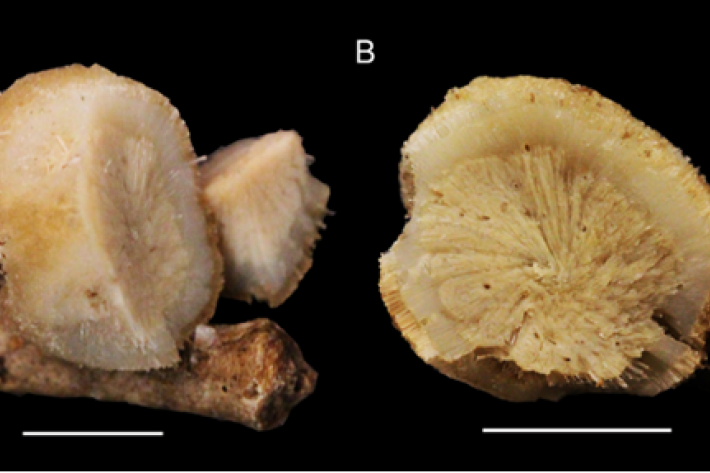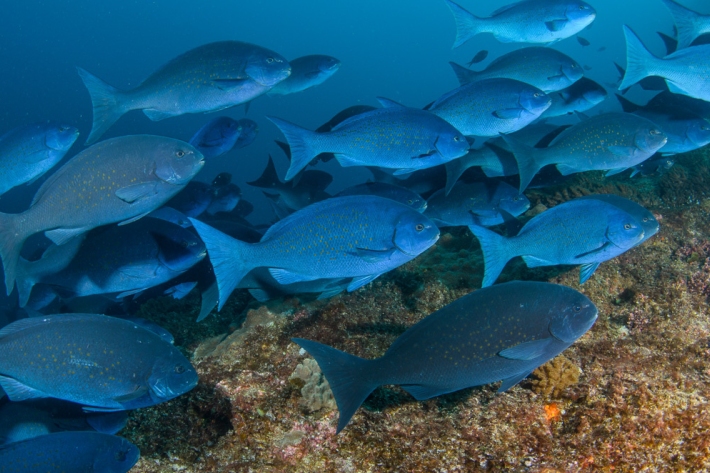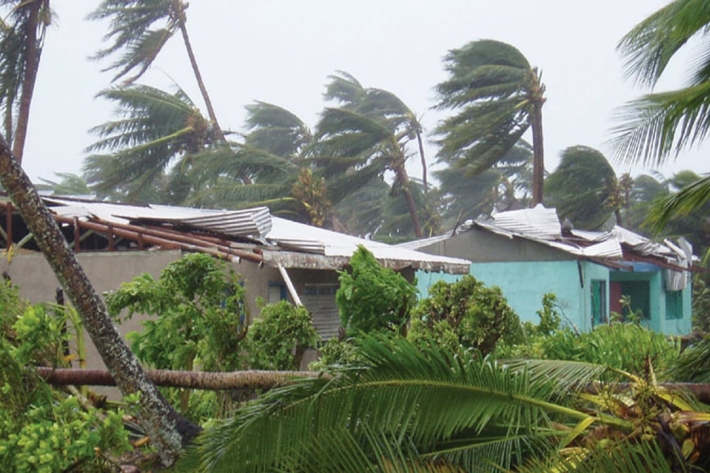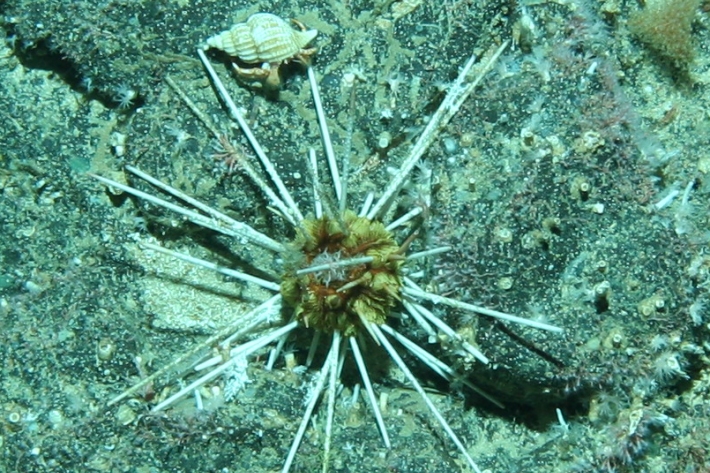-

Critter of the Week: Stupenda singularis
Dr. Michelle Kelly of NIWA and Dr. Paco Cárdenas of Uppsala University, have just published a paper describing an amazing sponge which was found on a NIWA cruise to the Colville Ridge, north-east of New Zealand. -

New Zealand reaches climate change milestone
News article07 June 2016An important scientific milestone was reached on a windswept point at the bottom of the North Island this week. -

Scientists to record marine mammals for first time in New Zealand
Media release02 June 2016The sounds made by whales and dolphins as they pass through New Zealand’s Cook Strait are to be recorded for the first time through a research project being undertaken by a NIWA scientist. -

NIWA is seeking citizen scientists to help it document large brown seaweeds in New Zealand
News article27 May 2016Anyone can participate, and all you need is access to the sea, a smartphone or a camera and computer. -

Critter of the Week: Allostichaster insignis
Like other members of the family Asteriidae, Allostichaster is fissiparous. -
Critter of the Week: The occlupanid – a member of the phylum Plasticae
As we have mentioned many times, new species can be found literally at our door step. But who has found a new species in their pantry? -

2016 - Kermadecs biodiversity
The voyage to the Kermadec region is a collaborative expedition between NIWA, Auckland Museum, Kelly Tarlton’s, Department of Conservation, Auckland and Massey Universities, The PEW Charitable Trusts and Te Papa. -

Samoan Cyclone
Tofa Tafili Popese Leaana recounts living through a cyclone in the Samoan village of Sa'anapu. -

Sa’anapu - Building resilience to natural disasters
The coastal Samoan village of Sa'anapu has been ravaged by cyclones and tsunamis in recent years. Now, plans are being developed to improve the community's resilience to natural disasters. -

Critter of the Week: Histocidaris – The explosive urchins?
The Cidaroida is an order of very spiky and robust regular sea urchins, which can resemble something like a sputnik satellite or an underwater mine to the uninitiated.
